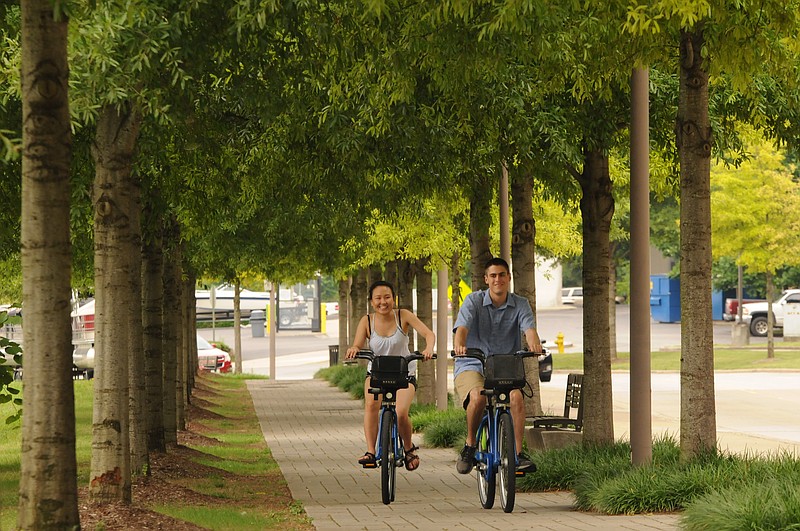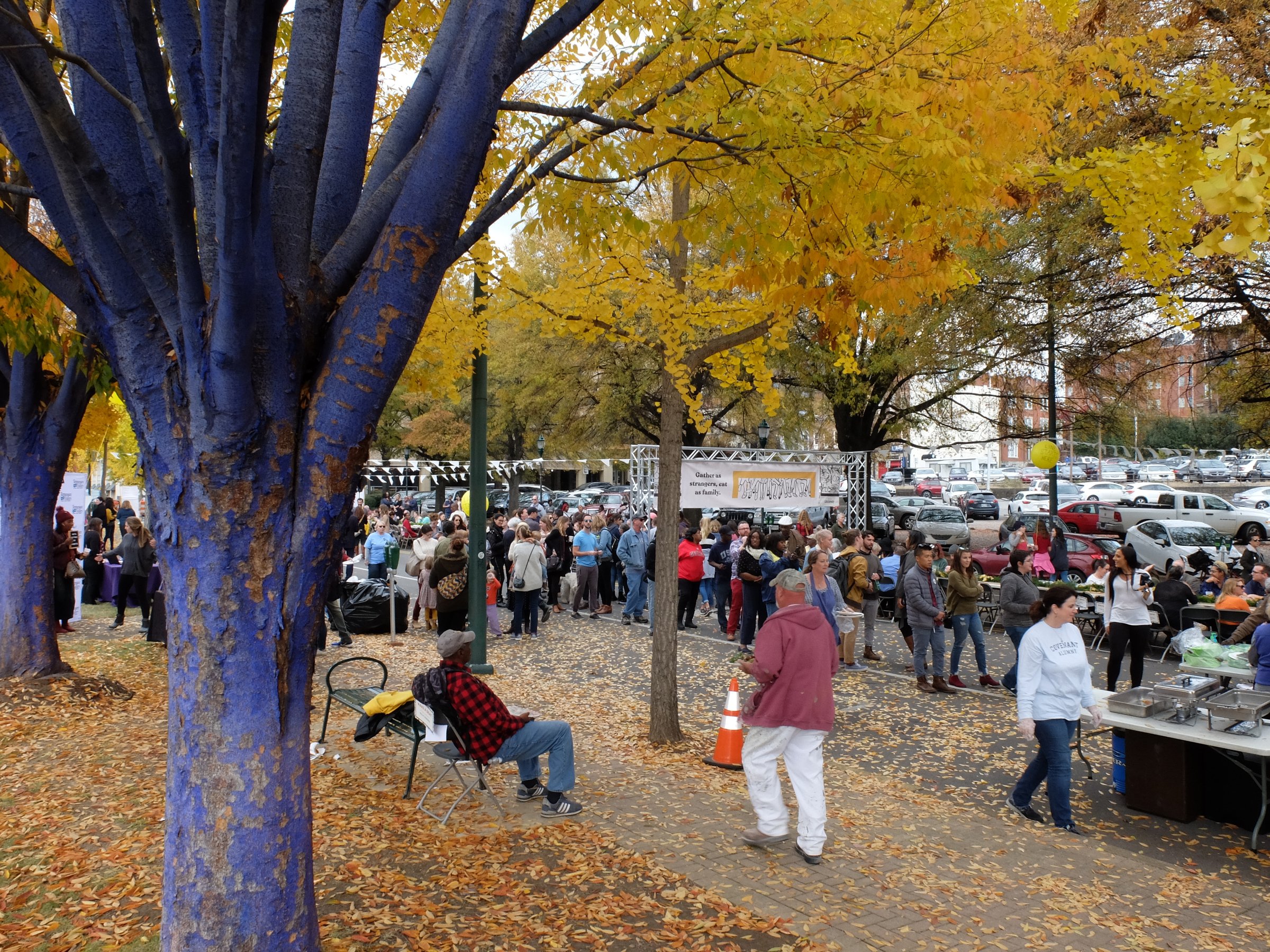Since 1984, Chattanooga has seen an approximately 43% reduction in its urban forests while at the same time the amount of developed land has more than doubled, according to research from the University of Tennessee at Chattanooga.
Trees play an important, often underappreciated role in day-to-day life by helping homeowners cut down on utility costs, filtering out air pollution and alleviating health risks like heat stress or exhaustion.
"Extreme heat kills more people on average than all other weather-related hazards," Noel Durant, Tennessee state director for the Trust for Public Land, said in a phone call Friday. "It's a very significant public health concern when you lack tree canopy cover."
Hoping to boost equitable tree coverage across the city, Chattanooga officials plan to apply for a little more than $13 million in federal funding from the U.S. Department of Agriculture that would pay for tree planting, job training, invasive species removal and other community forestry efforts over a five-year period. The Chattanooga City Council is set to authorize that application Tuesday.
Because the city intends to use the funds in areas considered disadvantaged based on socioeconomic factors, the grant would not require a local match. City officials expect to hear whether they've received the money in the fall.
The funding would be a partnership between various functions of city government as well as Green Spaces, the Southeast Conservation Corps and the University of Tennessee at Chattanooga's Interdisciplinary Geospatial Technology Lab, Anna Mathis, natural resources manager with the city of Chattanooga, said by phone.
Green Spaces and the Southeast Conservation Corp will complete much of the tree planting and invasive species removal through their workforce development programs. Green Spaces will complete on-the-ground outreach in targeted communities about the importance of trees and how they affect people, Mathis said, The organization will also build a volunteer base to plant trees in those neighborhoods.
UTC's geospacial technology lab has been working with Chattanooga during the past two years on providing a detailed assessment of the city's tree canopy, City Forester Pete Stewart said by phone.
The group will continue to help with the project by tracking tree and vegetation change over time as well as mapping hot spots for invasive species. The city will take on regular tree canopy assessments in-house, Stewart said, which will be supplemented by detailed change analysis by researchers at UTC.
One of the methods the city is using to determine where to deploy the federal funding is the White House's online climate and economic justice screening tool. It uses criteria like the effect of climate change, energy costs, life expectancy, housing, poverty and pollution to identify disadvantaged areas in need of assistance.
"Even driving around town, it's pretty obvious that some parts of town are heavily shaded by trees in the summer and some aren't," Stewart said. "What we're looking for is less differences between neighborhoods. ... Clean air and shade are the most obvious among a whole list of benefits that trees provide."
UTC's lab has produced a high-resolution land cover map that shows the distribution of forests, vegetation, developed land and bare earth throughout the city.
"From the results of that study, we found that about half of the city is forested canopy, which puts us kind of in line with Atlanta," Charlie Mix, UTC's geographic information system director, said in a phone call. "We found that we definitely have a higher canopy than a lot of other cities."
The university's research determined there tends to be a correlation between tree coverage and income — wealthier neighborhoods often have more forested areas, Mix said. Neighborhoods with a high prevalence of urban heat islands — places where natural land has been replaced with surfaces like pavement that absorb and retain heat — also frequently have less canopy cover.
"Chattanooga is a very green city," Mix said, "and while these correlations aren't as strong as other cities, I think it makes the case that we need to be thinking about protecting our canopy so these correlations don't become stronger and it does not become a bigger issue than it already is."
The Trust for Public Land is not an active partner in the grant, but the organization has submitted a letter in support of the city's application, Durant said.
"The classic and trite saying is the best time to plant a tree was 20 years ago, and the second best time is now," Durant said. "I do think of the urban tree canopy as part of our physical infrastructure of the city. This is the time when communities need to be mobilizing to ... maximize the benefit of funding available to transform how the city interacts with the natural world."
Contact David Floyd at dfloyd@timesfreepress.com or 423-757-6249.

